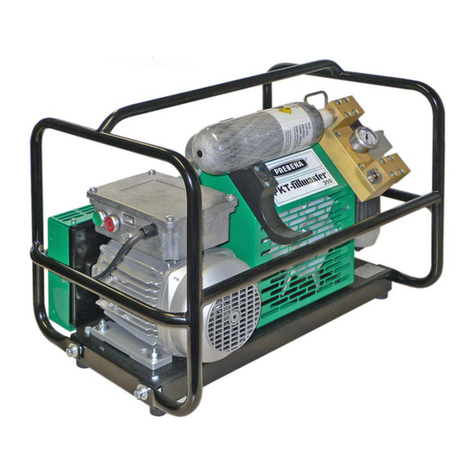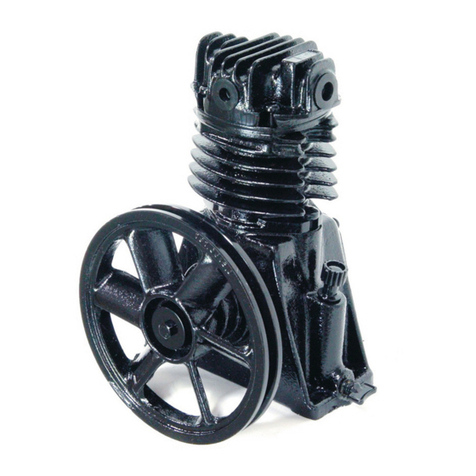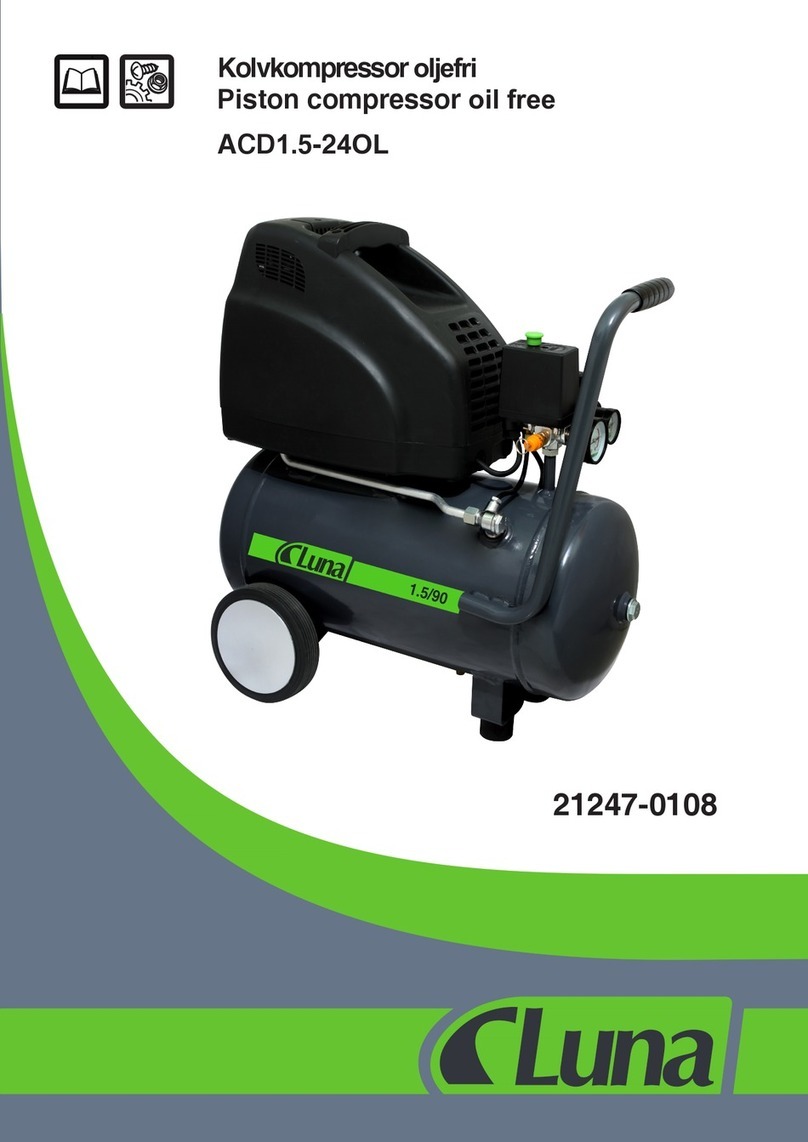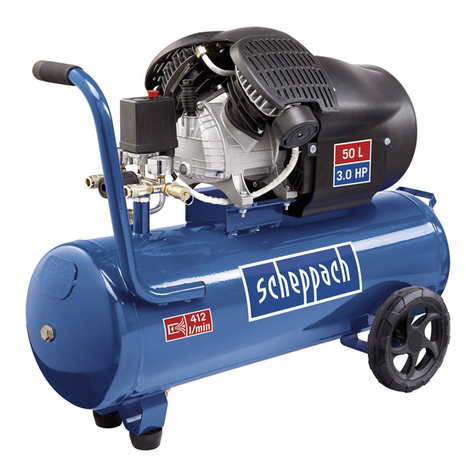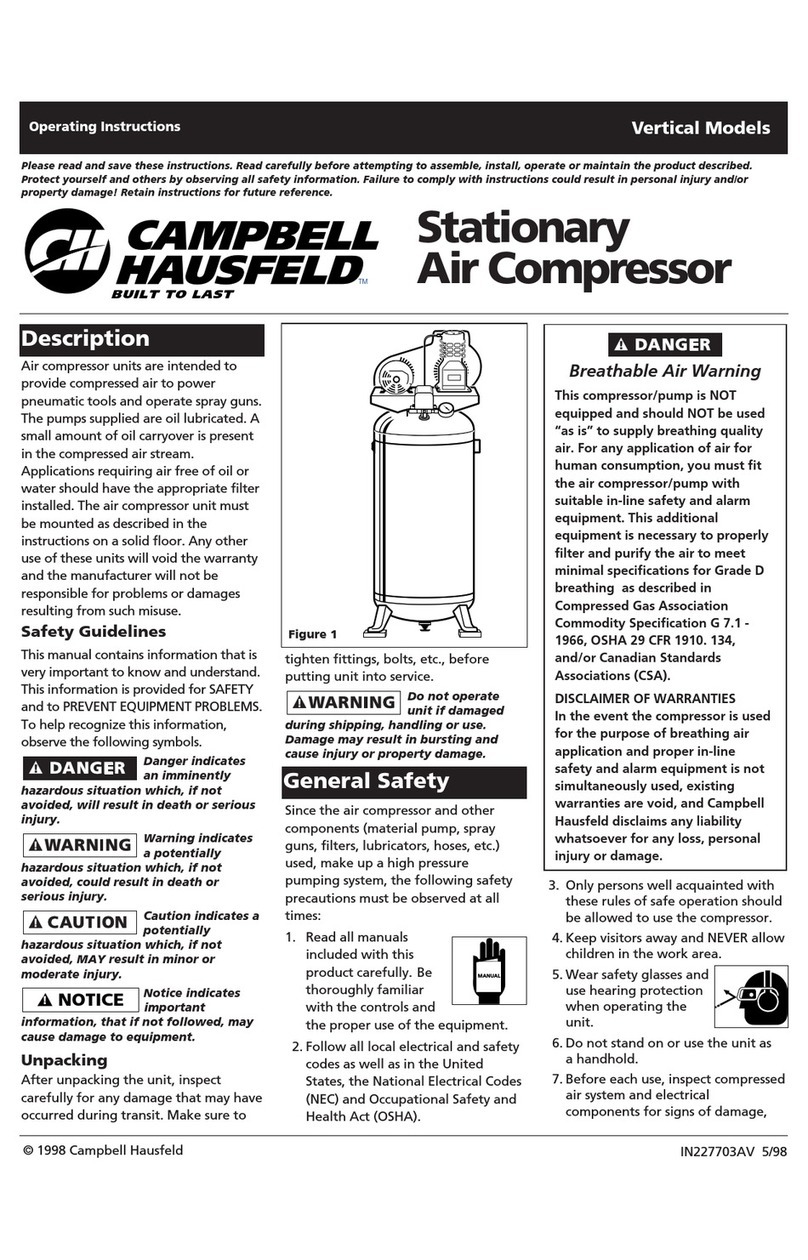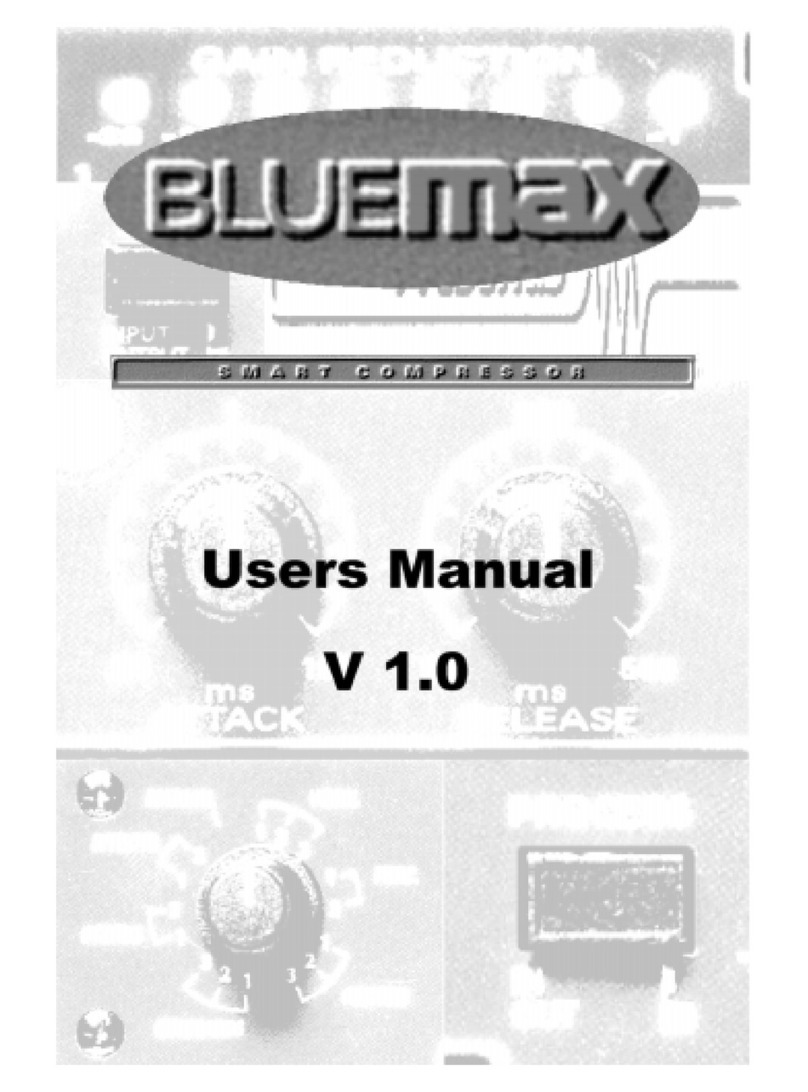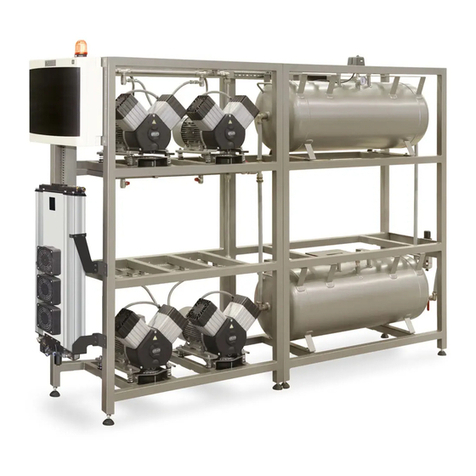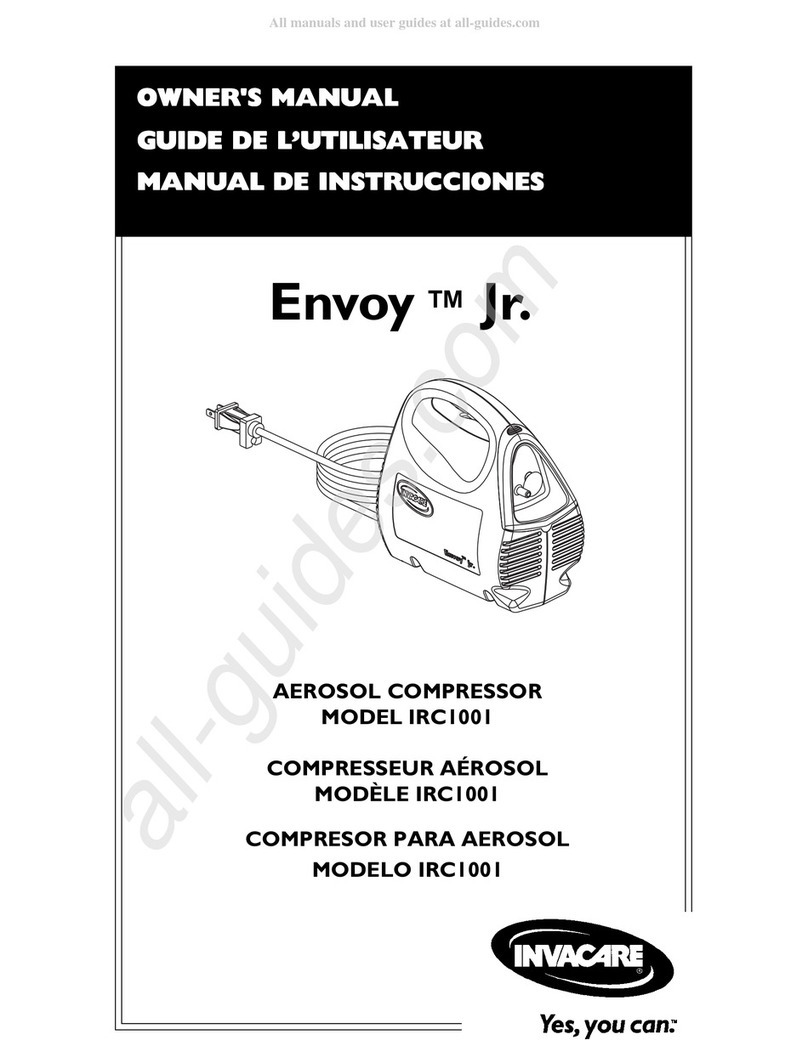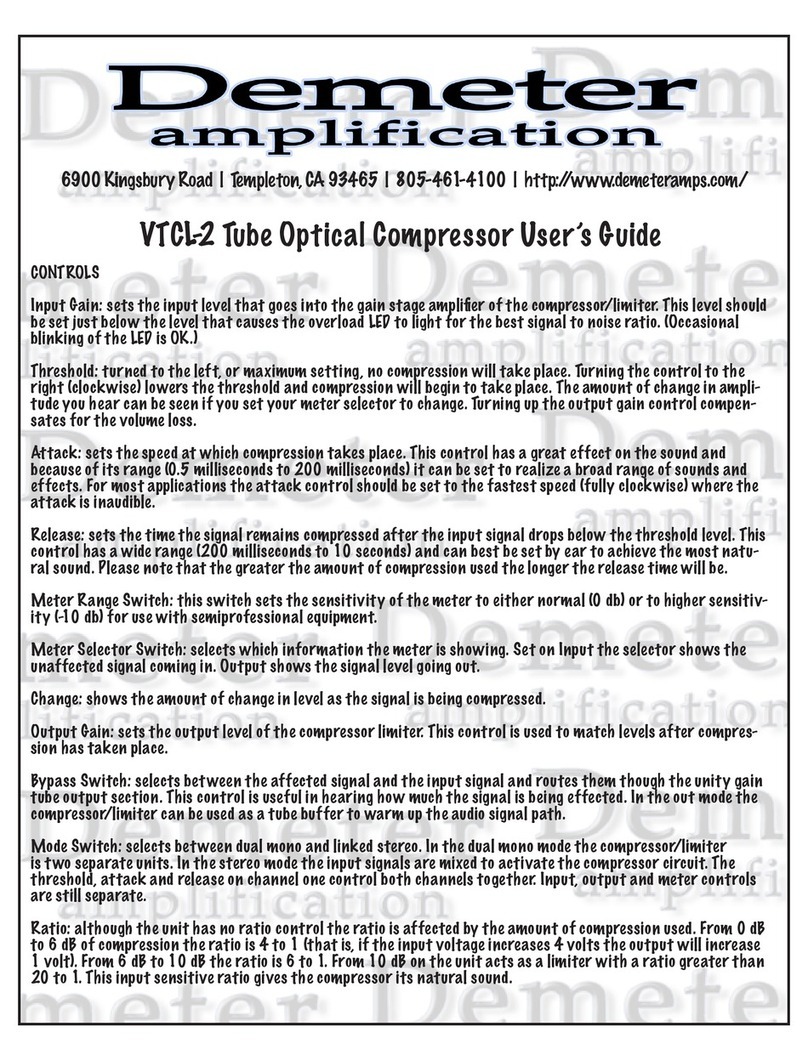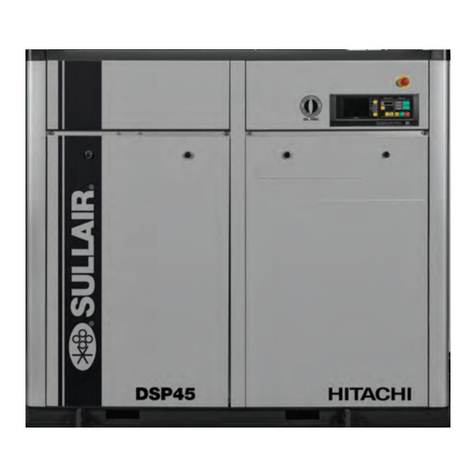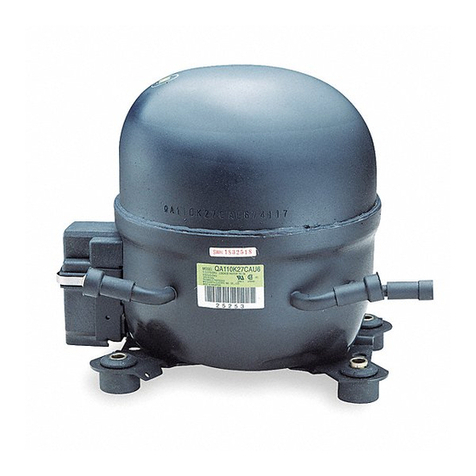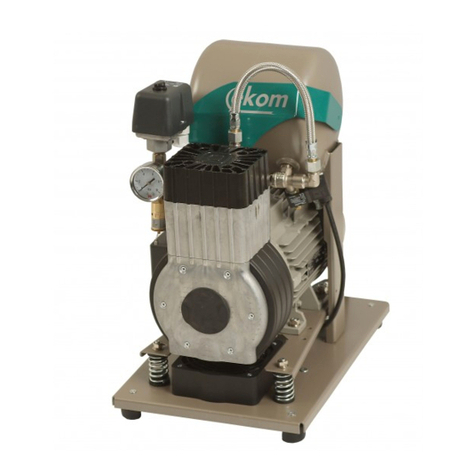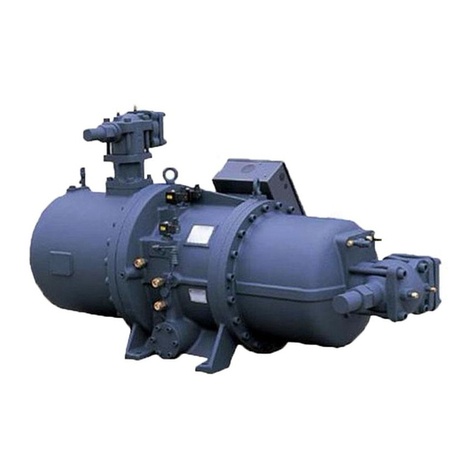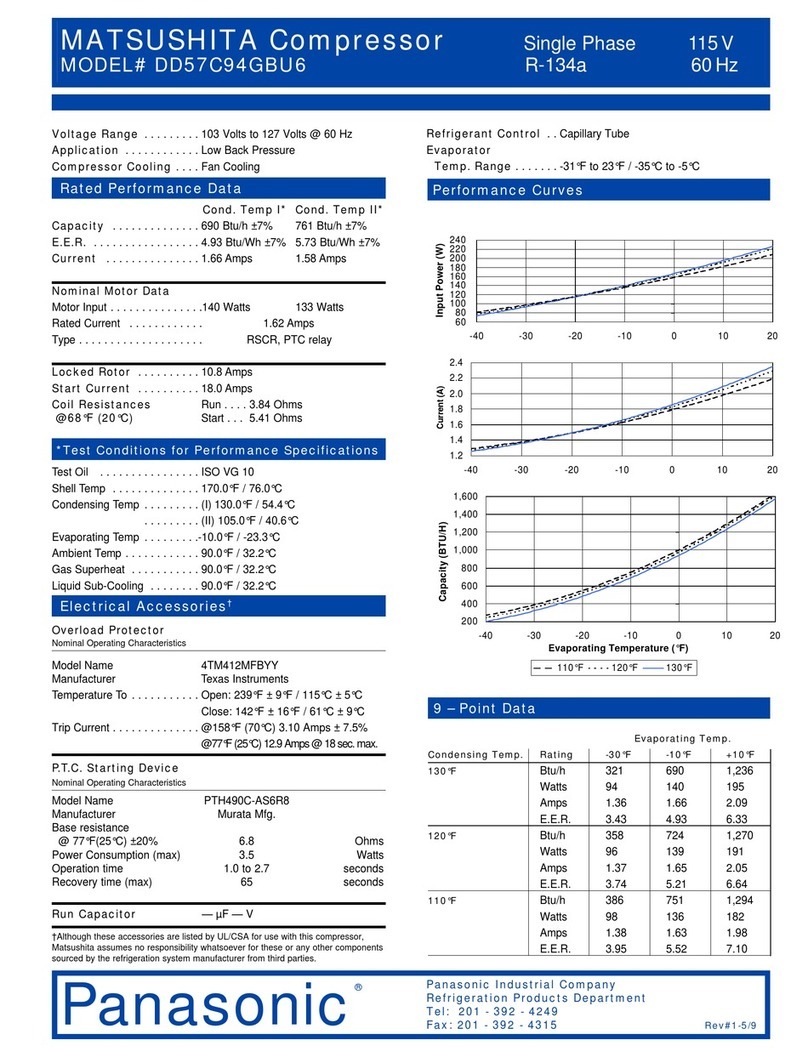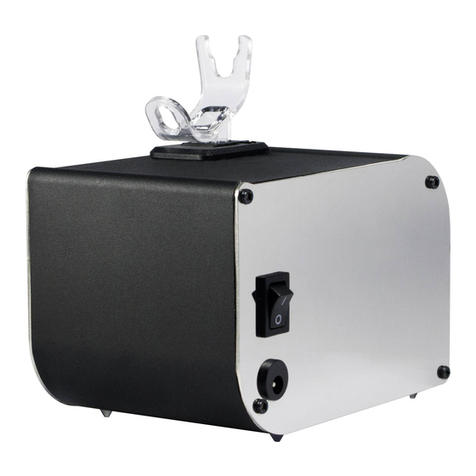
7
CATERPILLAR C11, C13, C15 AND C18 ENGINES
The Bendix®BA-921®compressor in the C11, C13, C15,
and C18 air induction systems (see Figure 13) receives its
air from the engine's intake manifold (turbocharged). During
the pumping condition (loaded mode), the air flows from
the engine intake manifold through the inlet check valve,
expansion tank and inlet line to the compressor inlet port.
During the non-pumping condition (unloaded mode), the
compressor cylinder pushes air back out of the inlet port into
the expansion tank. The ICV (at the end of the expansion
tank) prevents the air from traveling beyond this point.
Because the air is boosted (under pressure), it is important
that the compressor inlet line is of sufficient length, strength
and volume to minimize the build-up of air pressure in the
inlet system. The air shuttles back and forth between the
compressor cylinder bore and the expansion tank during this
phase of the compressor operation.
DETROIT DIESEL
The Detroit Diesel Series 60 (EGR) engine is equipped with
theBendix®BA-921®compressorand usesnaturallyaspirated
air induction system. Detroit Diesel recommends the use of
an inlet check valve in the air induction system to prevent the
airfrom thecompressor cylinder borefrom beingforced back
into the engine air induction system when the compressor is
in the unloaded mode (non-pumping condition). A flexible
high-pressure hose is installed between the inlet check
valve and the compressor inlet fitting. This hose can be of
various lengths to accommodate the distance between the
compressor and inlet check valve. See Figure 14.
During operation, non-pressurized air from the engine's air
source is routed to the compressor from a point between the
engineair filterandthe non-pressure sideof theturbocharger.
When the compressor is building air (loaded mode), the air
flowsfrom theengineintaketube,throughthe inletcheckvalve
into the inlet port of the compressor. When the compressor
is not building air (unloaded mode), the compressor pushes
the air back out the compressor during the cylinder upstroke
towards the inlet check valve. The ICV prevents the air from
traveling beyond this point. The air shuttles back and forth
between the compressor cylinder bore and the ICV during
this phase of the compressor operation.
AIR INDUCTION
Section 2: For Closed Room Compressors.
Bendix Closed Room BA-921®air compressors are
only permitted to be naturally aspirated – use of engine
turbocharger as an air source is not allowed. See Figure 6
onpage 3for anexampleof anaturally aspiratedair induction
system.
NOTE: DO NOT install an inlet check valve (ICV) on air
induction systems where a closed room compressor is used.
PREVENTATIVE MAINTENANCE
Regularly scheduled maintenance is the single most
important factor in maintaining the air brake charging
system. Refer to TableAin the Troubleshooting section
on page 21, for a guide to various considerations that
must be given to maintenance of the compressor and
other related charging system components.
Important Note: Review the warranty policy before
performing any intrusive maintenance procedures.
An extended warranty may be voided if intrusive
maintenance is performed during this period.
EVERY 6 MONTHS, 1800 OPERATING HOURS
OR AFTER EACH 50,000, MILES WHICHEVER
OCCURS FIRST, PERFORM THE FOLLOWING
INSPECTIONS AND TESTS.
AIR INDUCTION
The Bendix®BA-921®compressor is designed for
connection to the vacuum side of the engine’s air
induction system and the pressure side (turbocharged)
of the engine’s air induction system.
Asupply of clean air is one of the single most important
factors in compressor preventive maintenance. Since
theair supplyfor BA-921®compressorand engine is the
engine air cleaner, periodic maintenance of the engine
air filter is necessary.
Inspect the compressor air induction system each time
engine air cleaner maintenance is performed.
1. Inspect the intake hose adapters for physical
damage. Makecertain tocheck theadapters atboth
ends of the intake hose or tubing.
2. Inspect the intake hose clamps and tighten them if
needed.
3. Inspect the intake hose or line for signs of drying,
cracking, chafing and ruptures and replace if
necessary.
4. Verify that the compressor inlet fitting is tight (check
torque).
5. Any metal tubes should also be tight (torqued
properly) to the mating fitting. Inspect the metal
tubes for any cracks or breaks and replace if
necessary.
6. If an expansion tank is present (turbocharged air
induction systems only), inspect for any cracks and
replace if necessary.
COMPRESSOR COOLING
Inspect the compressor discharge port, inlet cavity and
discharge line for evidence of restrictions and carbon
buildup. Ifmorethan 1/16"ofcarbonis found,thoroughly
cleanorreplacethe affectedparts. In somecase,carbon
